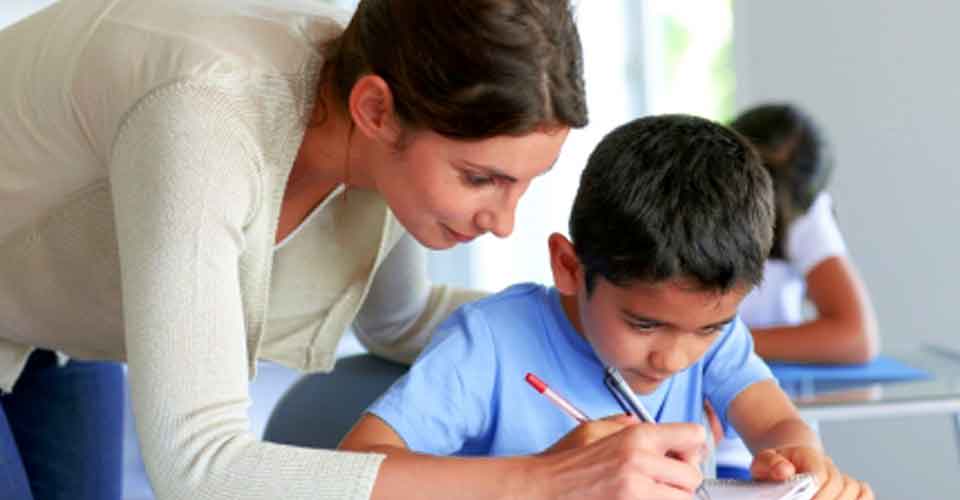How to become a Dyslexia Specialist
29th December 2017

According to Malcolm Alexander, one of his teachers said, "When I teach, when I look at a student's work, I always try to find something nice in it. And then go into the rest of it."
Dyslexia is a learning disability, dyslexic kids experience varying degree of difficulty with reading, spelling and/or speaking from person to person due to difference in brain development. Most kids affected with dyslexia are quite ‘intelligent’, showcasing strengths in other areas except the language area, interfering with the kid’s growth and knowledge of vocabulary and making it difficult and possessing a great challenge for the kid to develop academically in a typical learning environment with typical sets of learning practices and teaching instructions. Dyslexic kids are often ‘gifted’ in areas of art, computer, science, design, drama, electronics, math, mechanics, music, etc.
With advancement in science and rising awareness among the parents, most kids suffering from dyslexia are diagnosed often at an early age. And hence more and more schools are implementing teaching and learning modifications in order to accommodate students of all learning abilities, including dyslexia, in the classrooms and foster a learning conducive classroom environment. This allows for recruitment of specialised teachers who are competent in dealing with dyslexic students in the classrooms, catering to their academic as well as personal needs and requirements.
Teachers willing to learn the teaching approaches and methodologies to be used for students affected with dyslexia, apart from possessing the innate urge to become a positive contributing factor in the lives of SEN children, they must certainly enrol themselves in a Dyslexia Training Program. The trainees in the program learn various new and contemporary teaching methods to be used for dyslexic students. Some of those methods are as follows:
- Present small assignments: Dyslexic kids, who already face difficulties with academics, will become anxious and feel discouraged all the more if they are given loads of work to be done. Hence teachers are made to understand the need to give less amount of work compared to others in the class.
- Prevent all source of distraction: A dyslexic child is more easily prone to distractions than regular children; therefore teachers need to cut off all available sources of distractions. In the workbook too, line markers can be used to help the students focus only on those areas of study
- Use of technology: A dyslexic child will benefit hugely if teachers use technology like audio-visual device, text to speech programs, audio recordings, and others. Teachers may use these to develop interest in the students and also help them with the retention process.
- Use of explicit teaching materials/process: In training courses, teachers also learn the ways to create exclusive teaching materials to aid the dyslexic learners in their learning process. They create these learning aids by analysing each student’s needs and requirements and catering to them.
Experienced teachers who are looking to become teachers for dyslexic students, for them pursuing a Dyslexia Certificate Program will suffice as they can then combine their years of experience as a teacher with their newly acquired teaching approaches for dyslexic kids while becoming a Specialised Teacher for the Special Learners.








